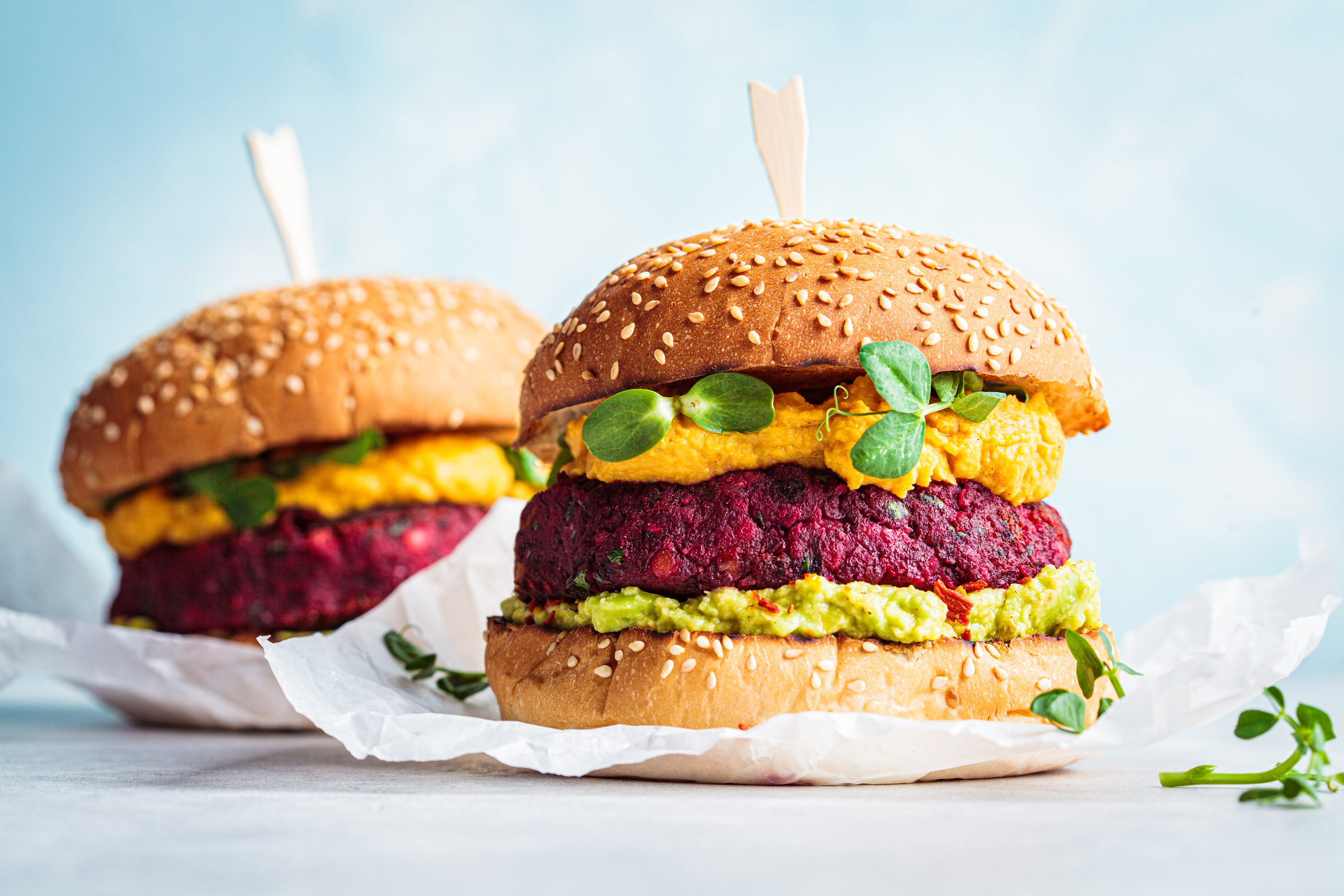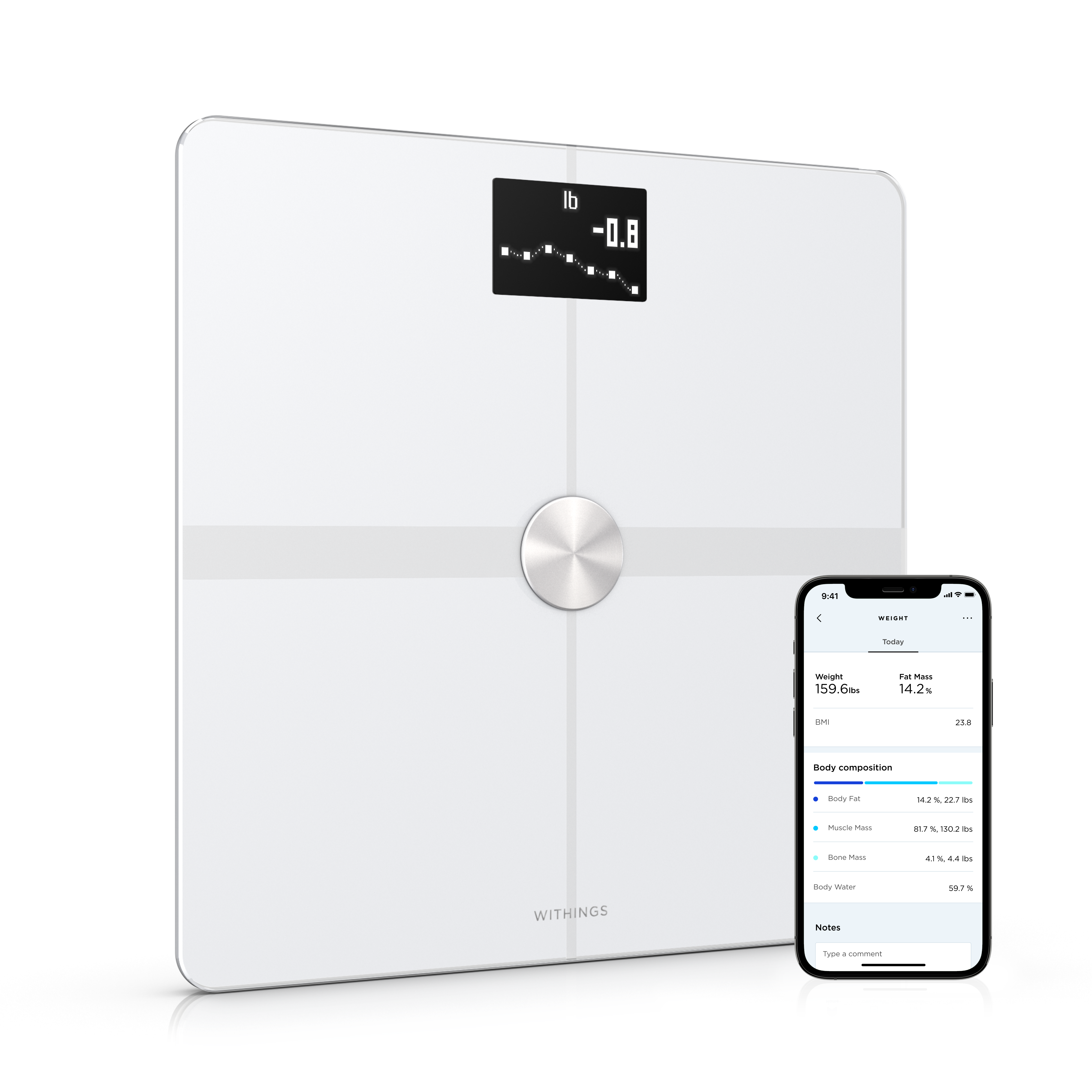
Whether you’re motivated to go totally meatless or just eat less to any degree, we have 3 tips to help you get started and enjoy your food to the fullest.
Making an adjustment to your eating habits, or any habits for that matter, can take some serious consideration and will power. One of the bigger changes you can choose to make, which sets vegan and vegetarian diets apart from more traditional ones, is the consumption of meat. This is a personal choice, and you should take time to figure out what type of diet feels the best for your lifestyle—this won’t be one size fits all. However, on the whole, cutting back on highly processed meats brimming with cholesterol, saturated fats and preservatives, can definitely lower your risk for cardiovascular issues and some types of cancers.
Read on for three easy ways to go for more plants this year.
Become A Quality Control Expert
So you want to replace meat as the star of a dish—then the question becomes, what’s best to replace it with? It’s easy to fall into the trap of filling up on empty carbs and sugars, or just to eat less than you usually would. But since meat is typically the main source of protein in a standard diet, you’ll need to find some high quality, protein rich alternatives to ensure you’re giving your body the fuel it needs. The great news is that alternatives come in many shapes and sizes. They can range from colorful produce like fruits, veggies and legumes to meat alternatives like tofu, tempeh or seitan, which can serve as look-a-likes for when you’re craving that unique texture/taste in a dish. Balancing the types of meats you eat, from red meats to leaner sources like turkey or fish, is also vital, and it’s good to know the benefits associated with each kind. No matter the combinations you choose, quality is king, and natural, whole foods will be your best bet on the path to better health.
Make It A Family Affair
Changing your habits isn’t something you have to tackle alone. Sharing your goals with others and handling ups and downs together is not only great for accountability, but also it’s just way more enjoyable. Find a “Go Meatless” challenge online to do with the people around you, make a meal prep calendar together, or join a forum in your community that supports creative plant based cooking. You could even host a meatless dinner party once a month, or pick up another new skill at the same time you’re revamping your diet, such as learning to garden. Having fresh, homegrown ingredients on hand is a major luxury, if you can swing it. Cooking and dining are not meant to be done alone, and when you can improve your health at the same time, it’s a win win.
Get Artsy
At its essence, cooking is an art form, and there really are no hard and fast rules. So, if you’re making a change to your diet, you might as well have fun with it and experiment with some cooking techniques or ingredients you’re never tried before. There are lots of cuisines that take a plant-forward approach, such as Indian, Ethiopian or Thai food. They often use a spectrum of spices and herbs to produce vibrant, delicious dishes that don’t revolve solely around meat, or even just use it as more of a garnish than a main portion. Take this opportunity to treat yourself—buy a new cookbook, some new tools or sign up for a class, anything to get you excited about getting into the kitchen and trying something new. We think you’ll be glad you did.
We hope these tips empower you to get creative in your cooking, and find a balanced diet that will help support your health goals.

